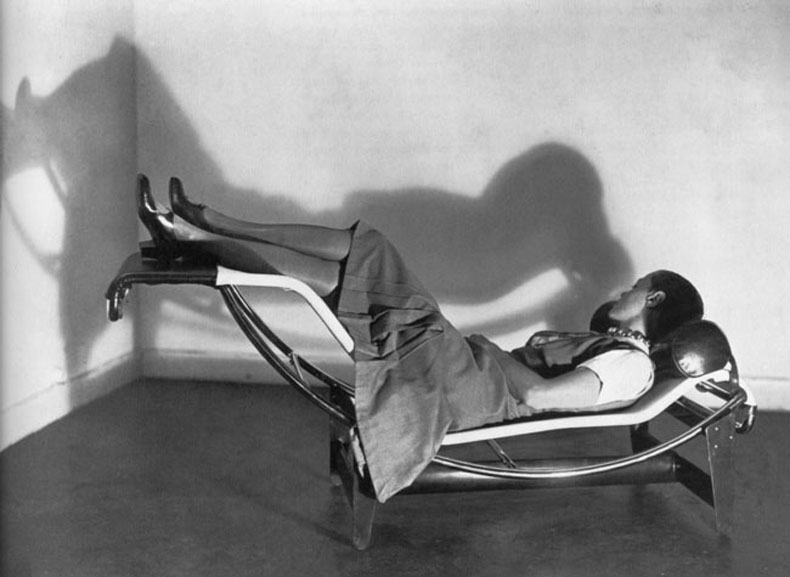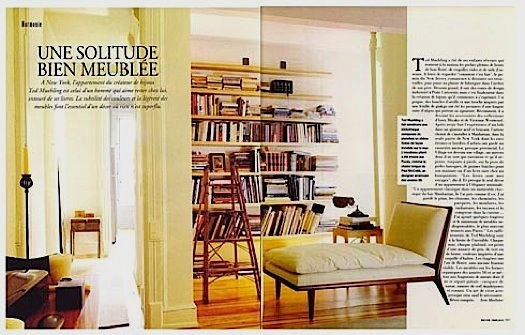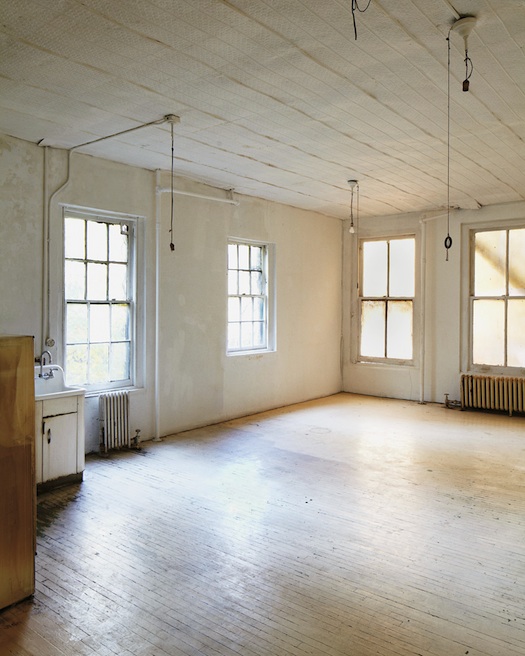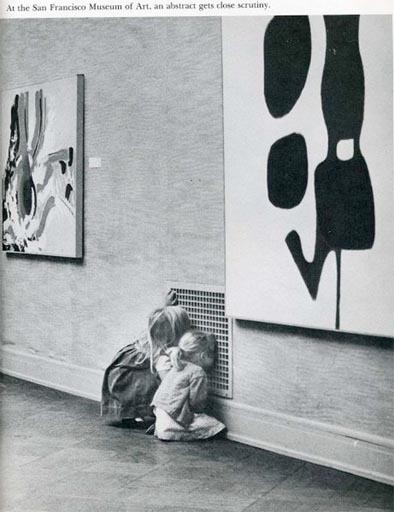Every day we write until…our brains starts to slow and we need to…nap, for just a few minutes. We lie on the sofa, read a novel about something totally other, then sleep for 20 minutes or so. Letting go into sleep is a kind of reset button for our brain; and allows us return to whatever we were working on with fresh eyes. Still, as much as we KNOW that napping is energetic money-in-the-bank for us, we’ve sometimes viewed our need for naps as a form of, er, weakness, the effect, perhaps, of subtle societal nap shaming. We were happy to see research affirming naps in a recent New York Times, and a whole section at Getty Images devoted to famous people napping.
How to Nap describes the research of Damien Leger, who runs the Sleep-Sesearch Center at the Hôtel-Dieu hospital in Paris. He thinks napping is essential, a basic right that should be implemented in the workplace because it improves cognitive performance and reaction time. The key he says, is to nap just enough: sleep no longer than 20 minutes, otherwise you risk sleep drunkenness. (Read more of his strategies here.) He encourages a kind of napping liberation movement, to openly admit to tiredness during the day, and figure out strategies for a short nap, because he says: “There is nothing shameful about a nap”.
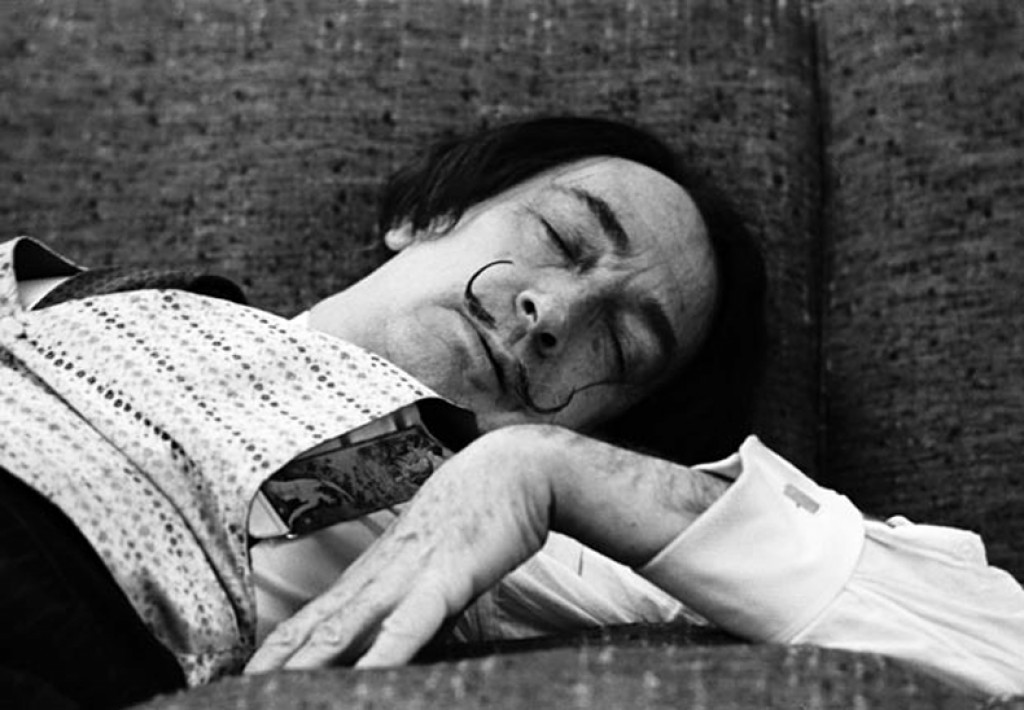
This wisdom has existed for eons until our workaholic modern age. Japanese haiku poets described the joys of napping hundreds of years ago
I take a nap
Making the mountain water
pound the rice.—Issa
…
How cool if feels
To take a noonday nap
With my feet against a wall!—Basho

